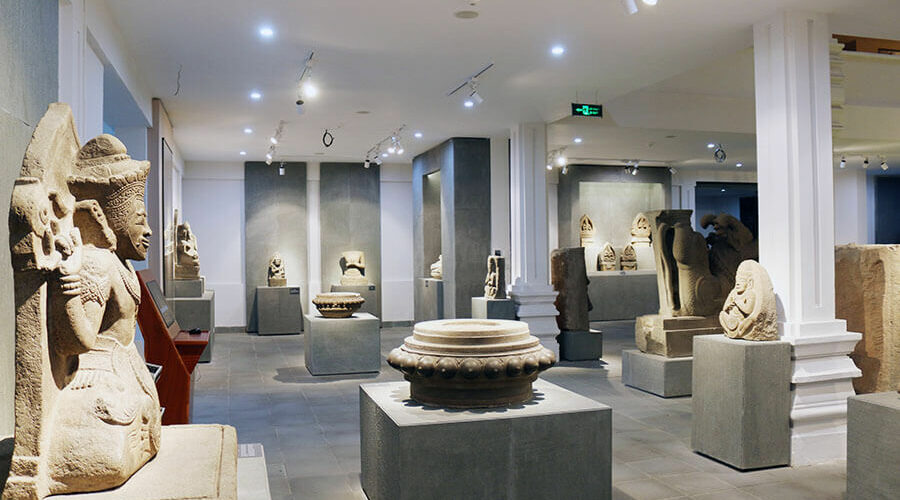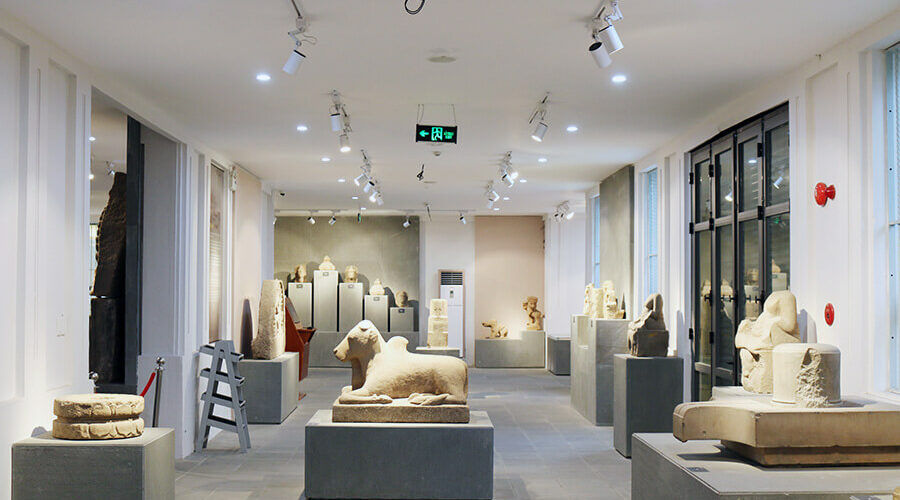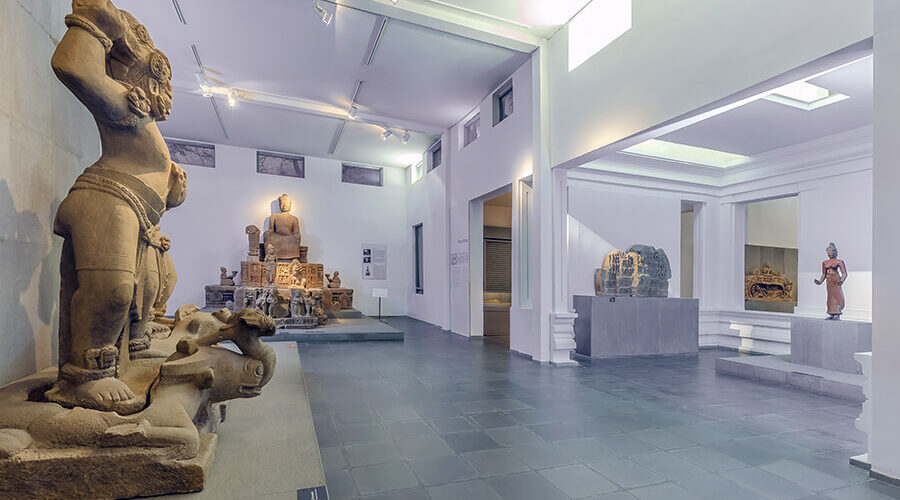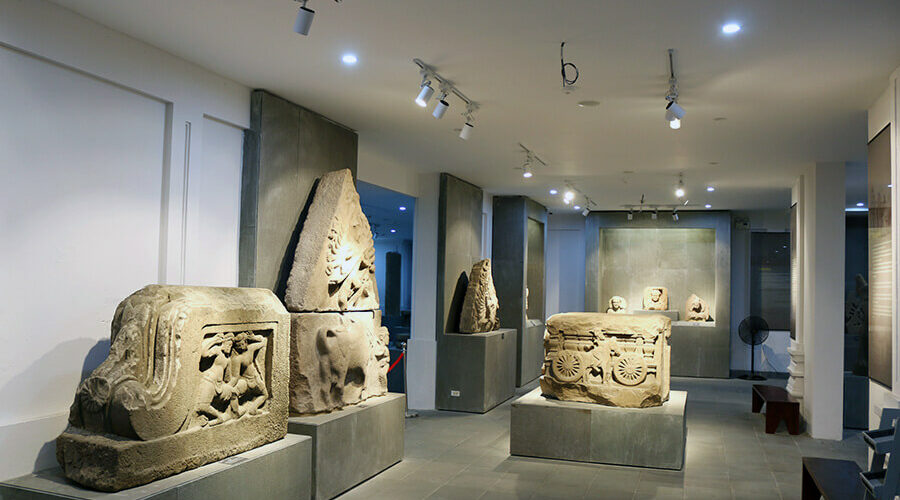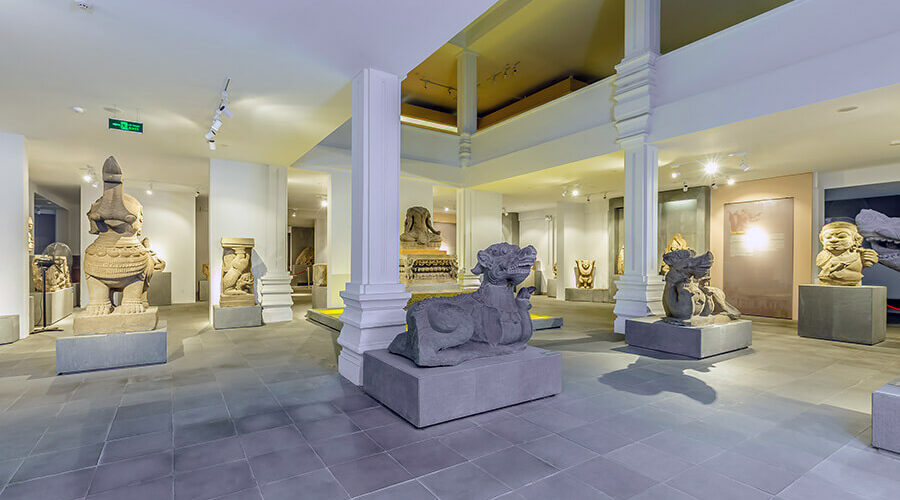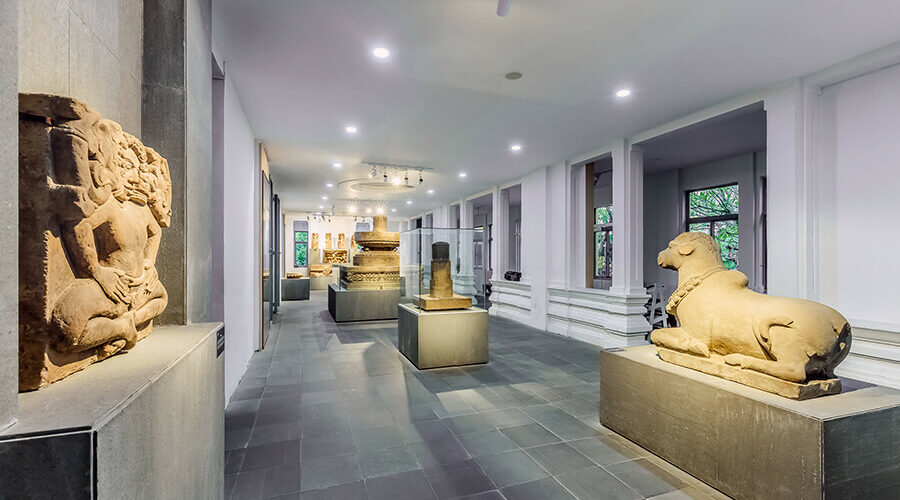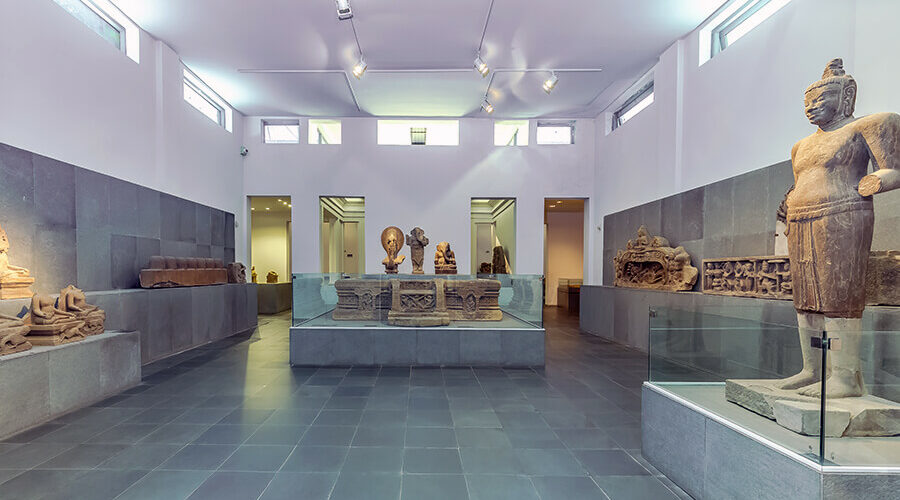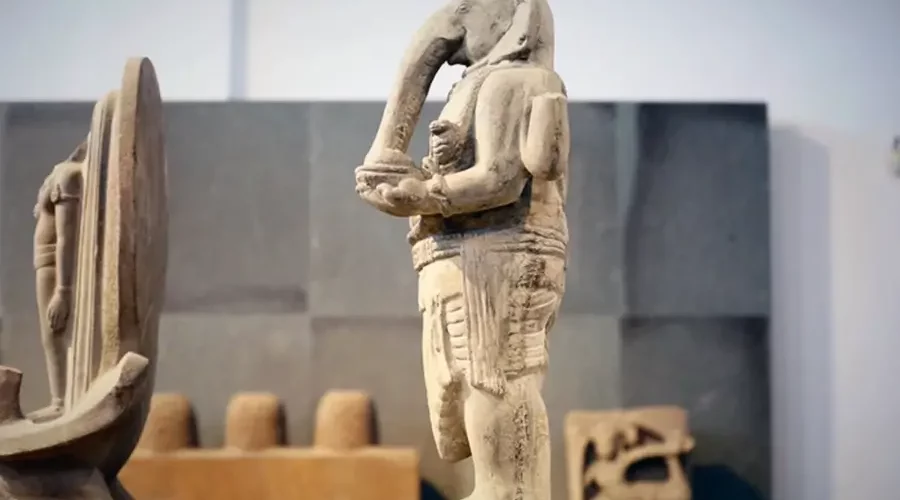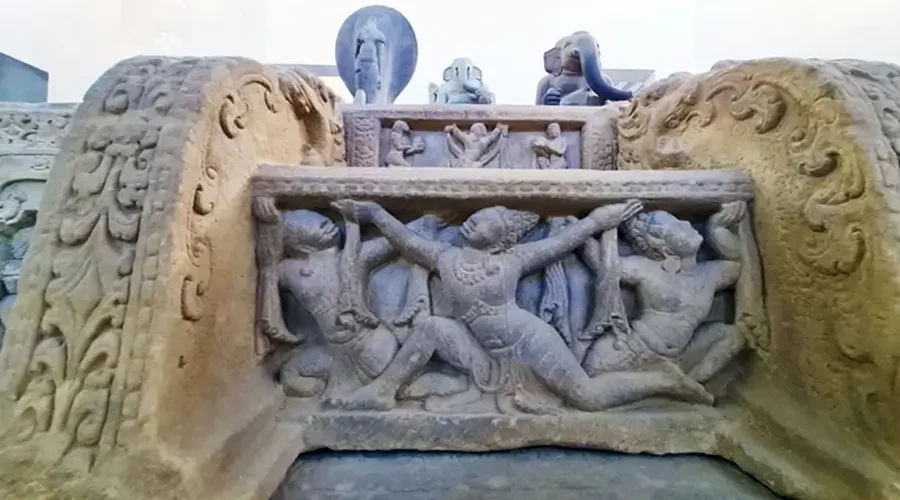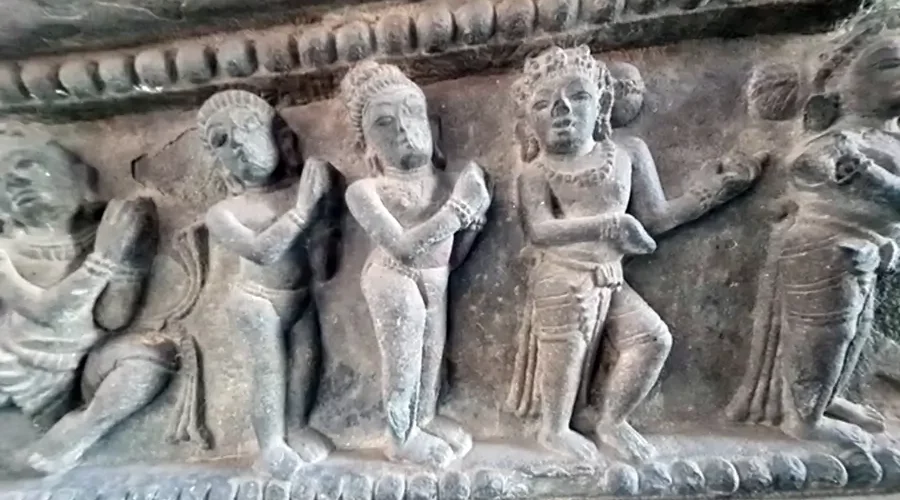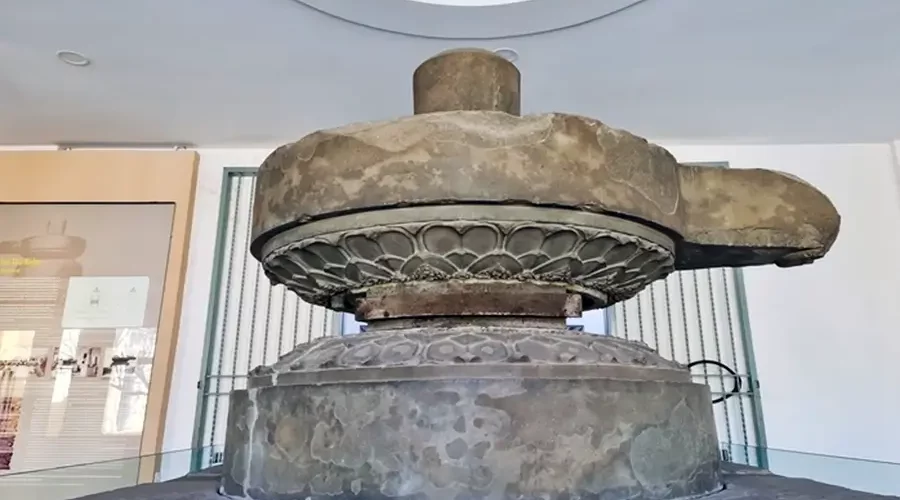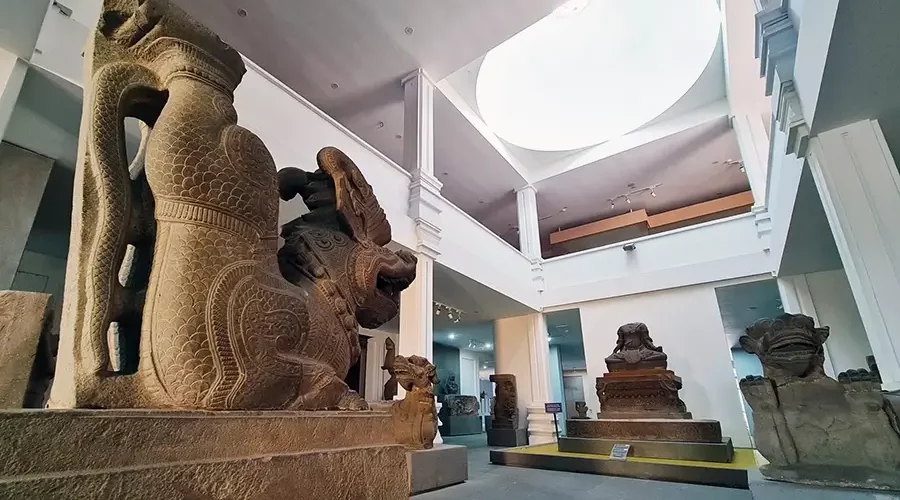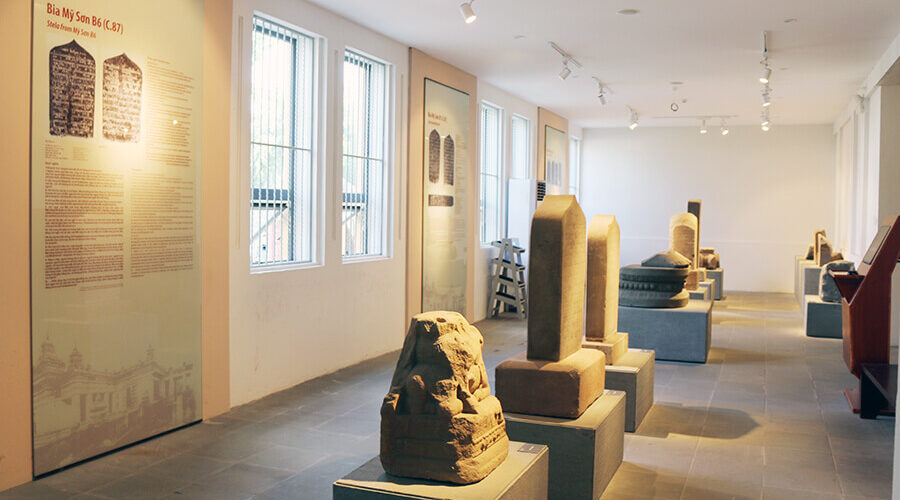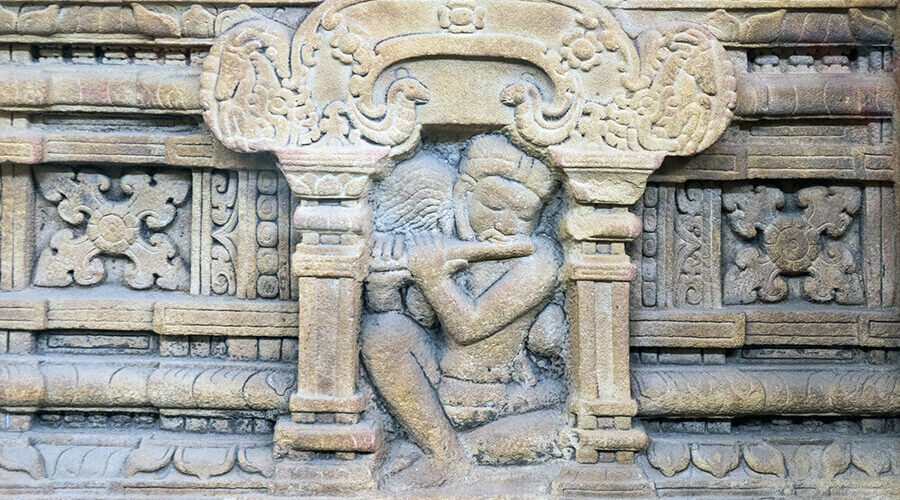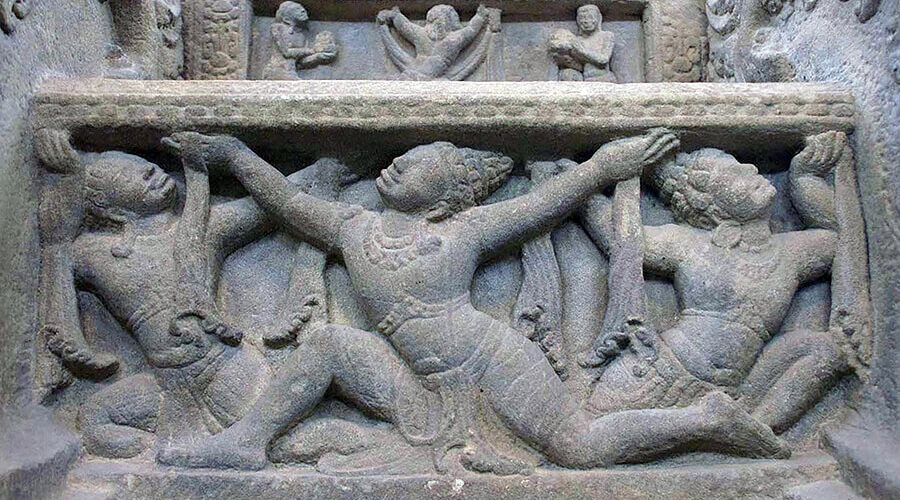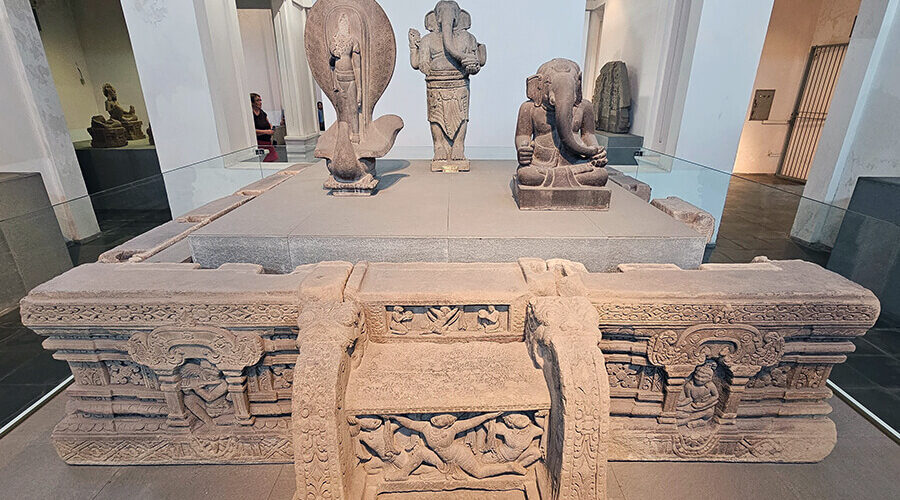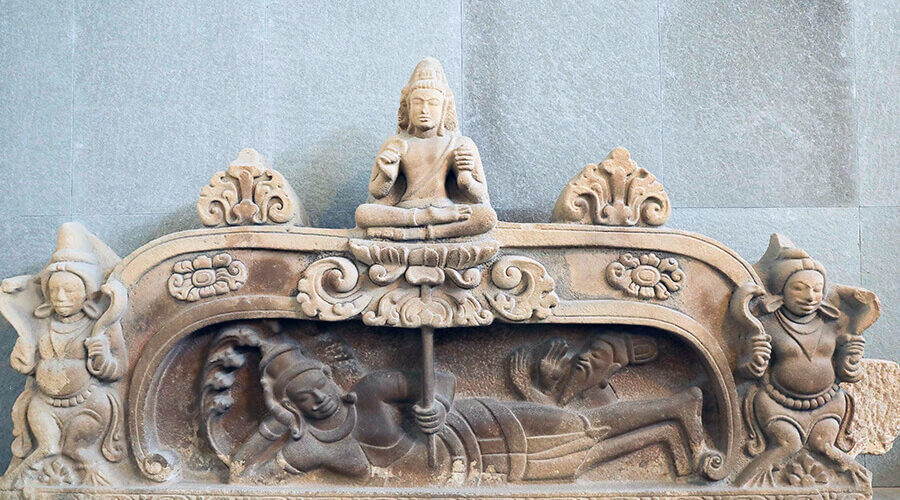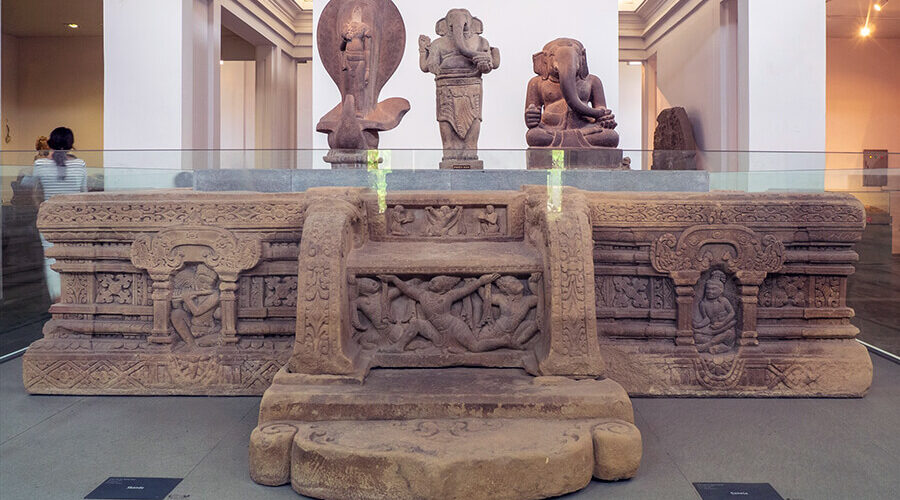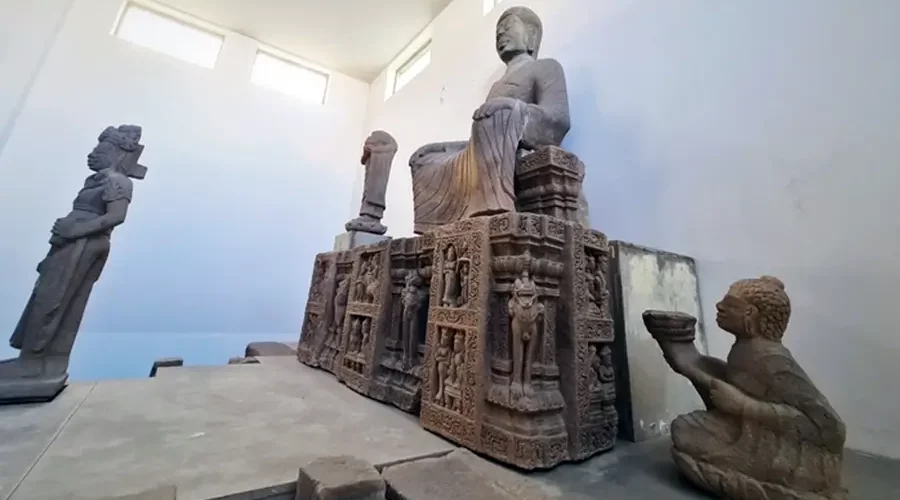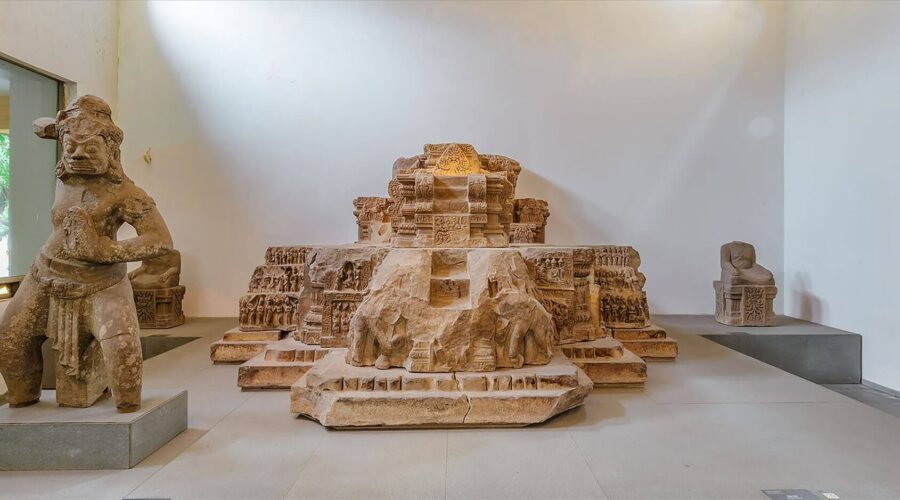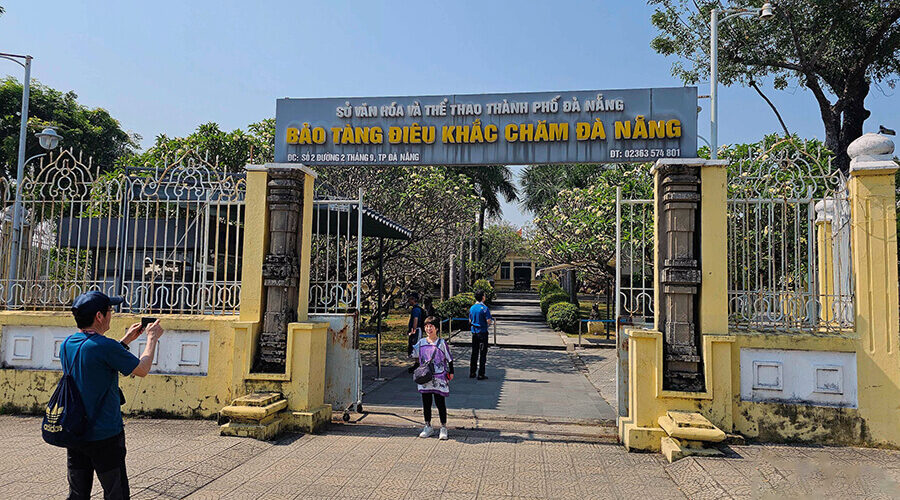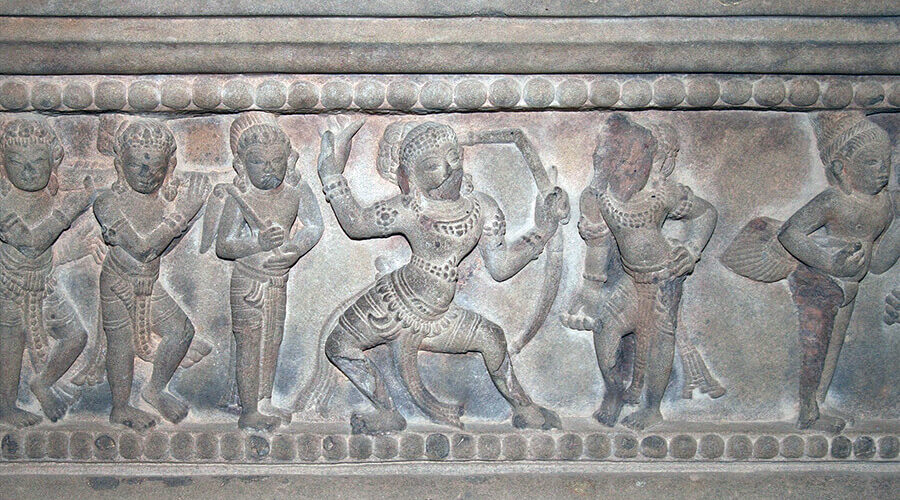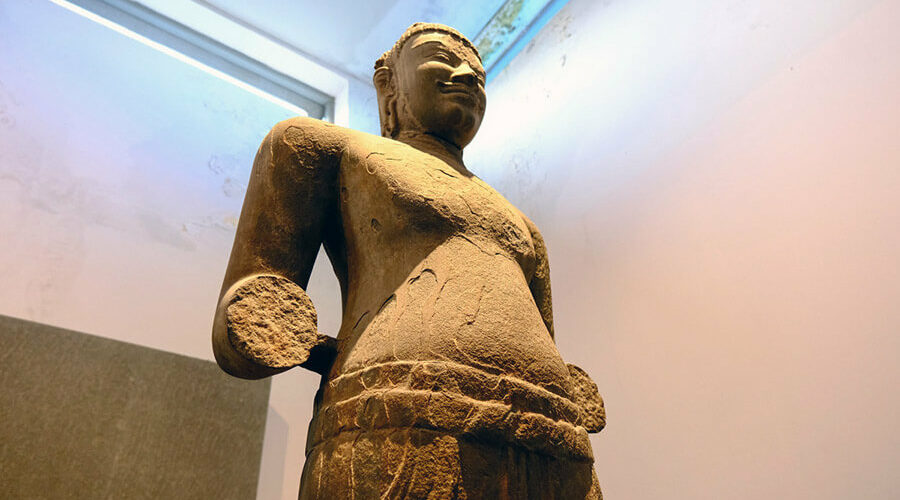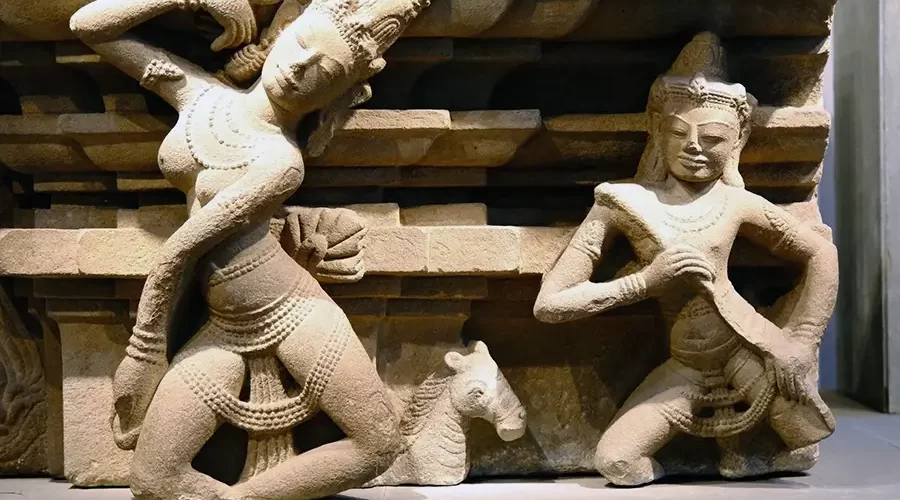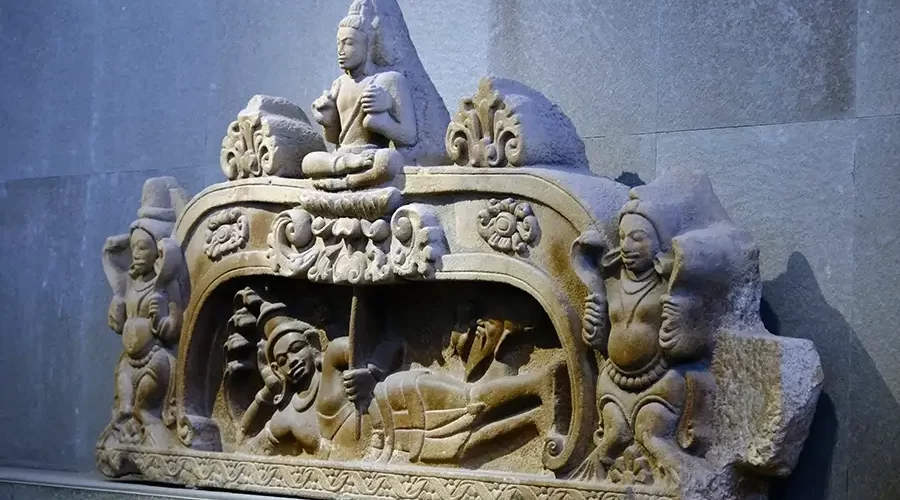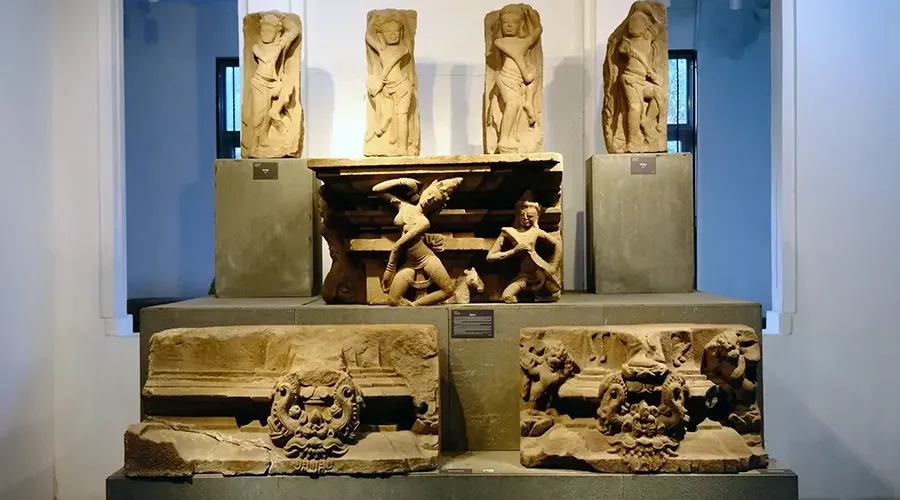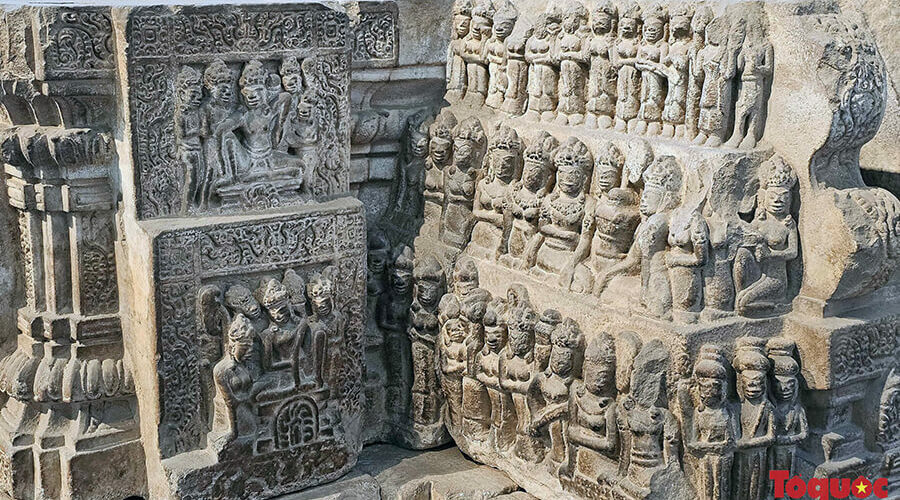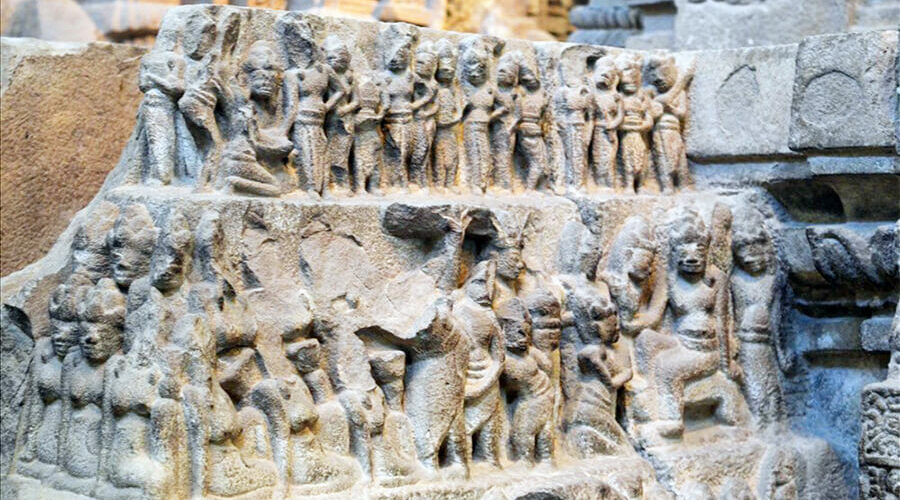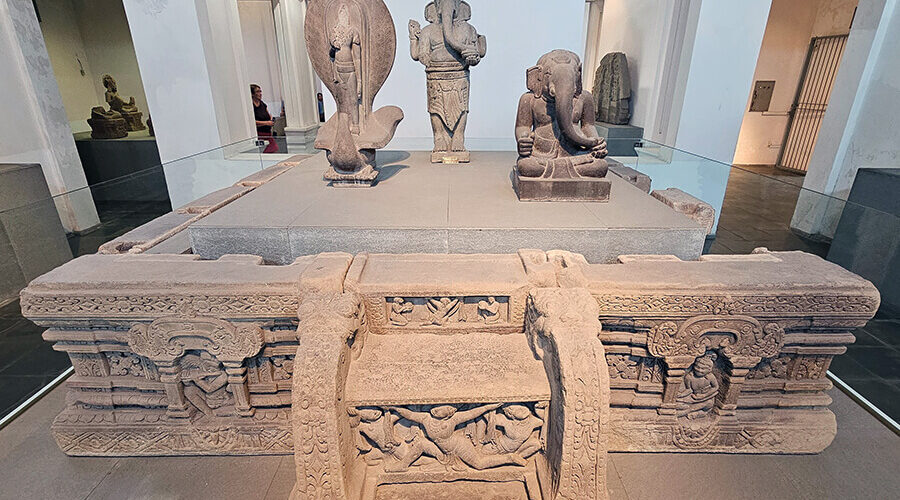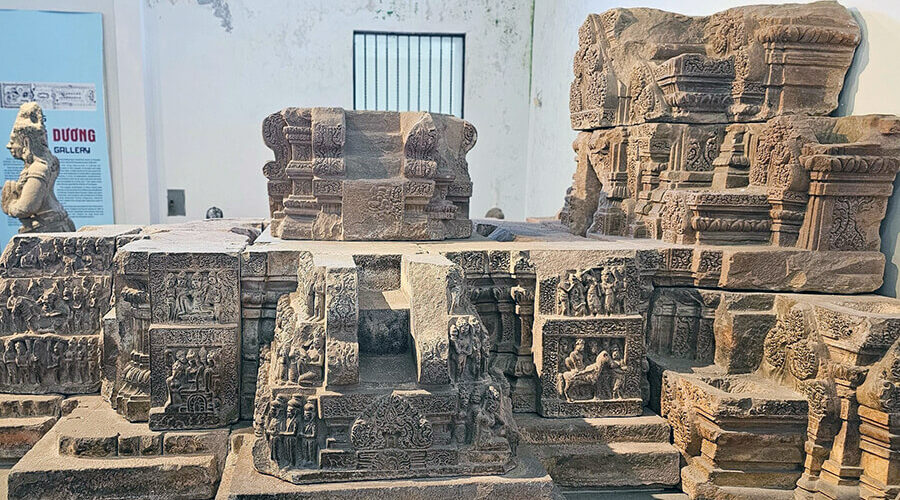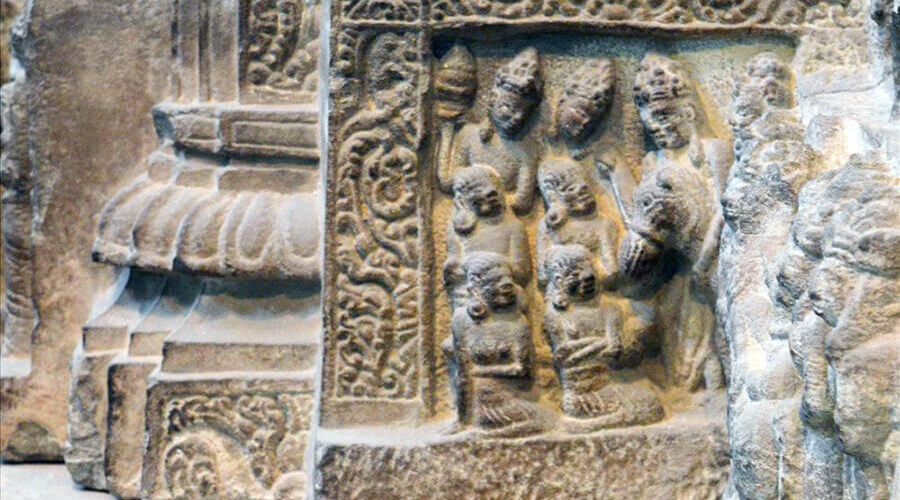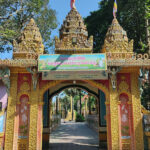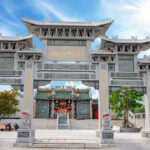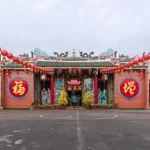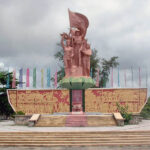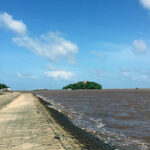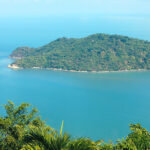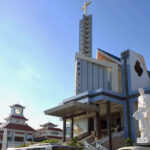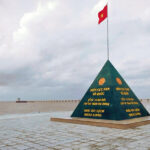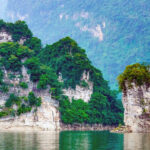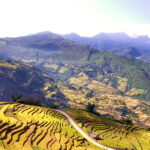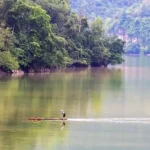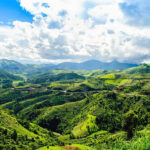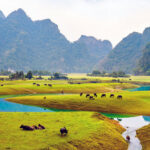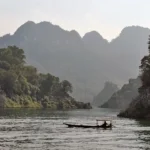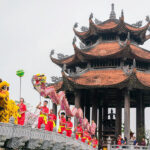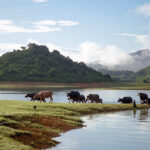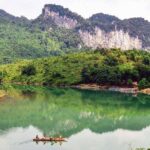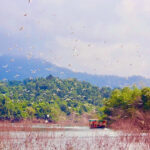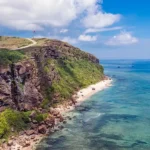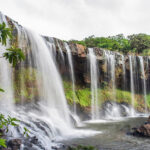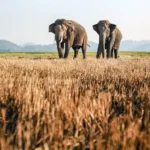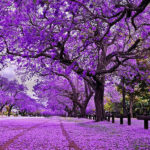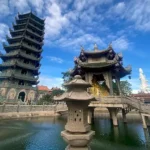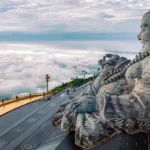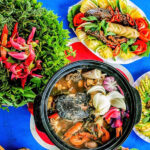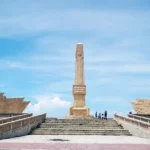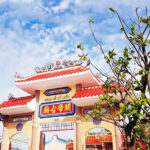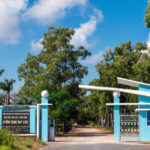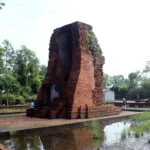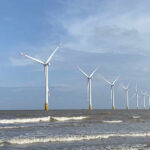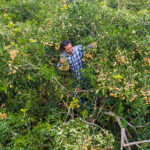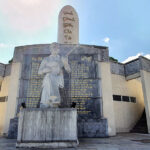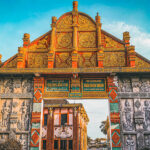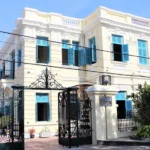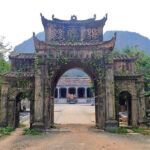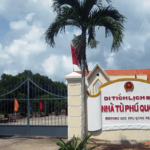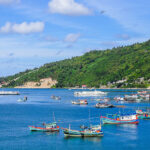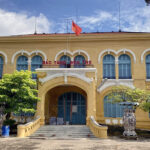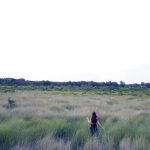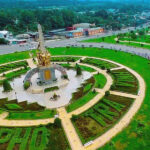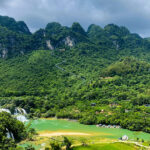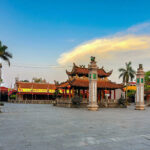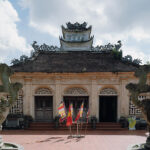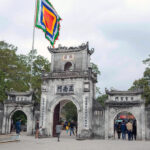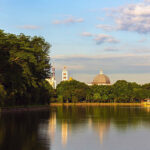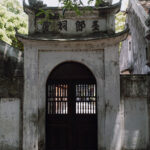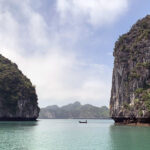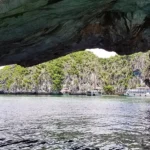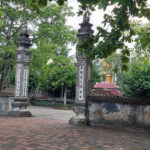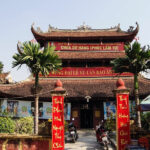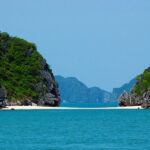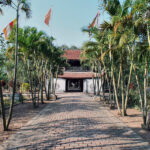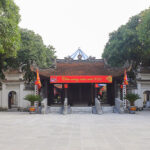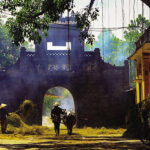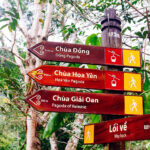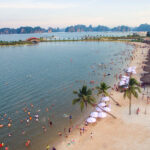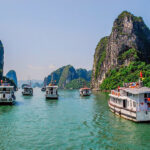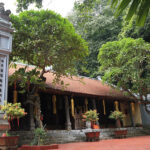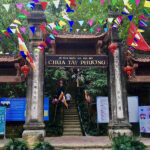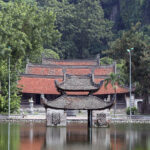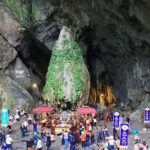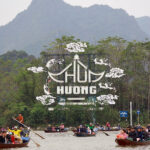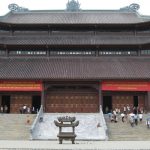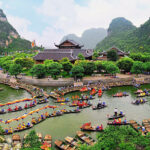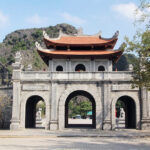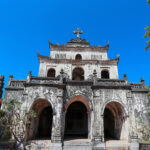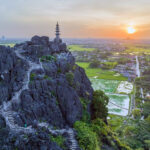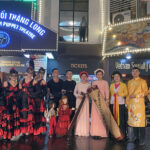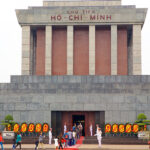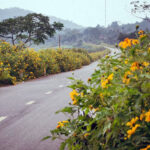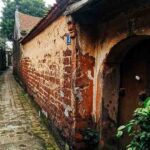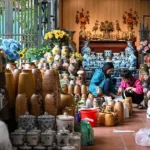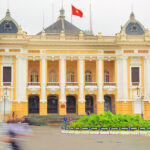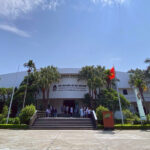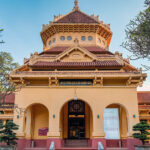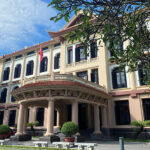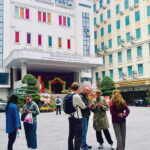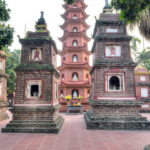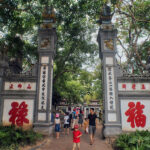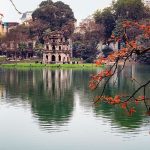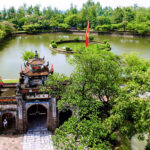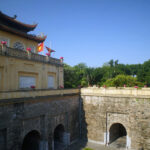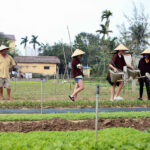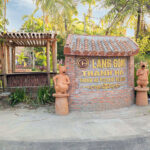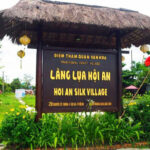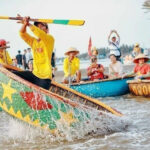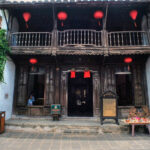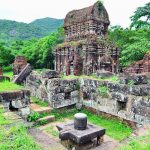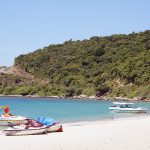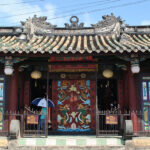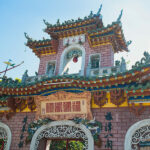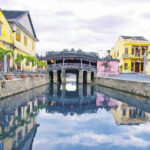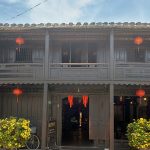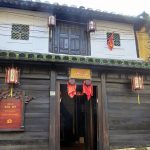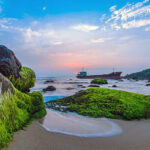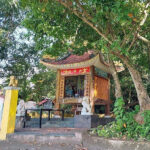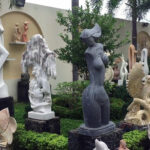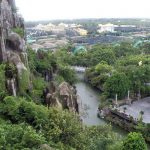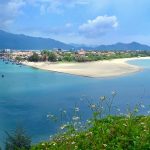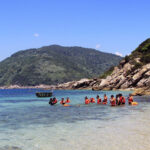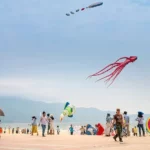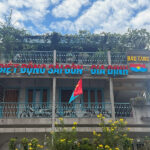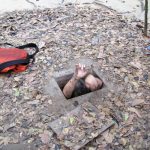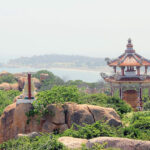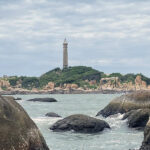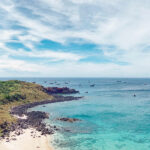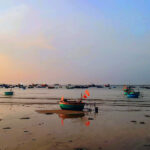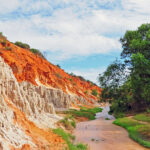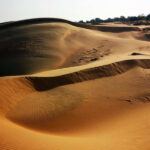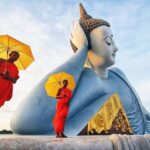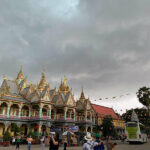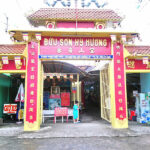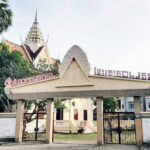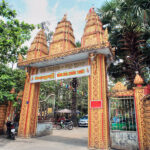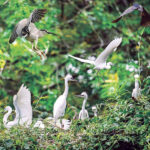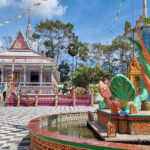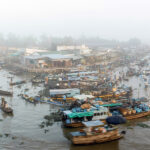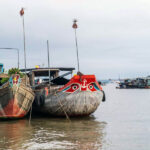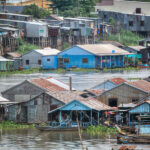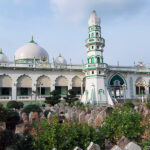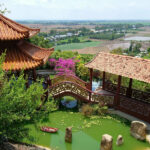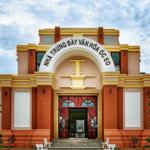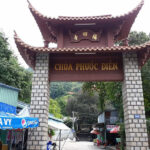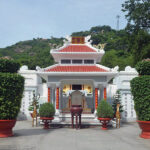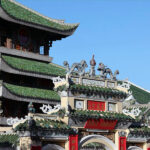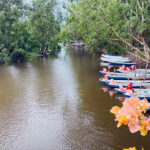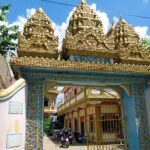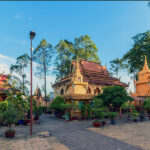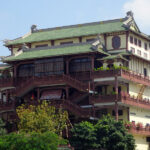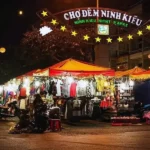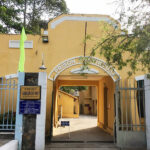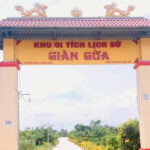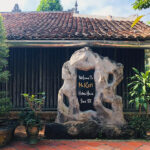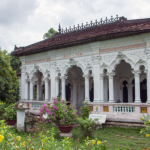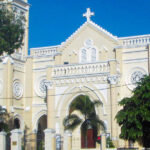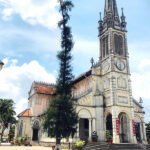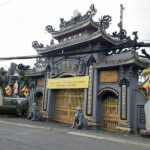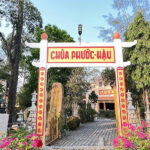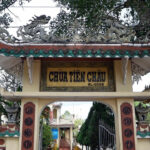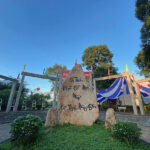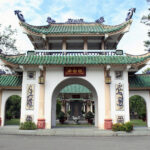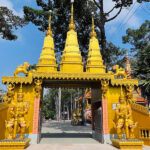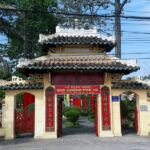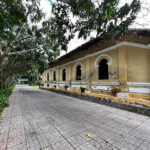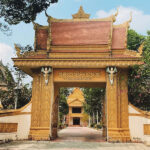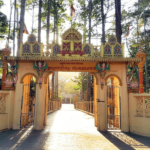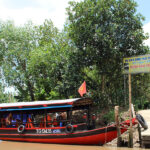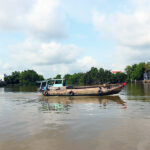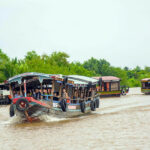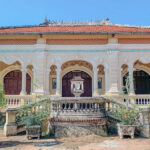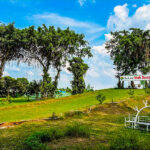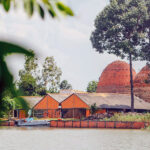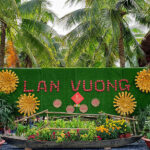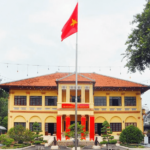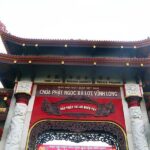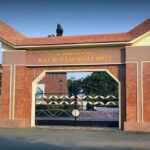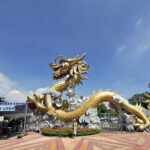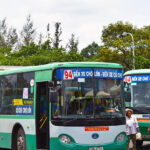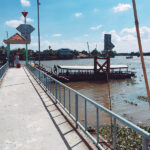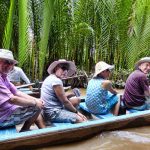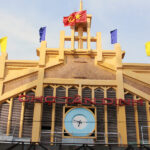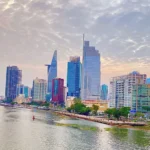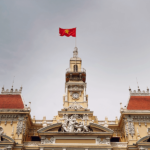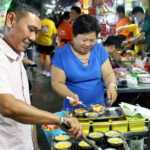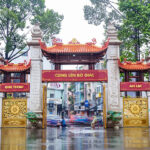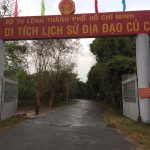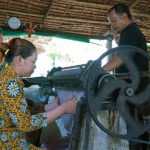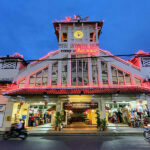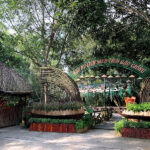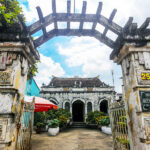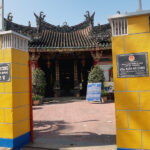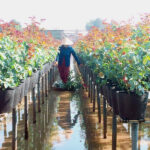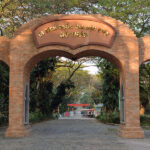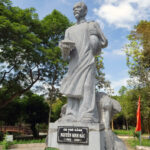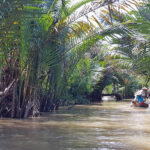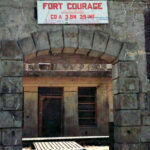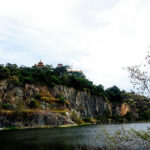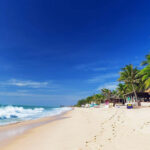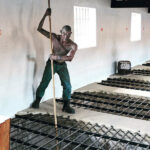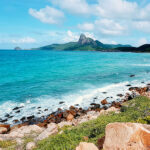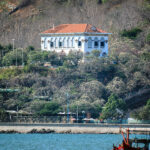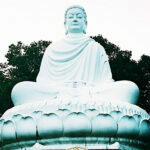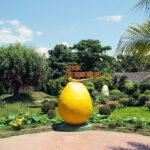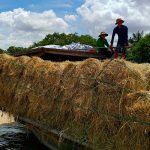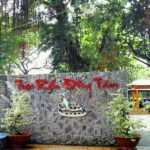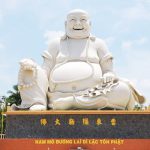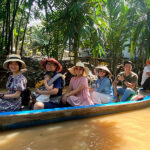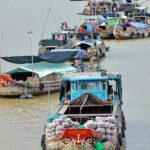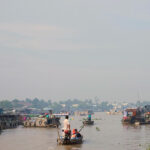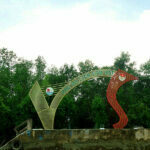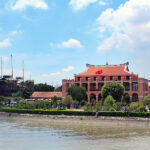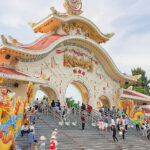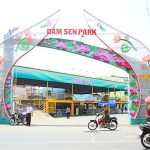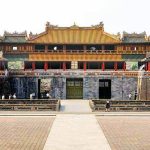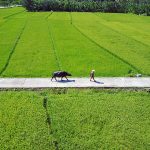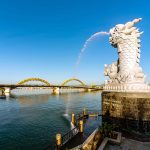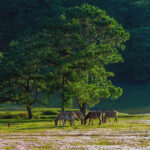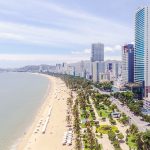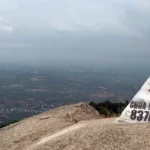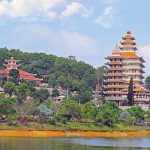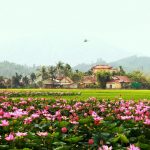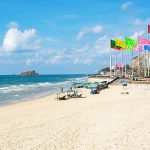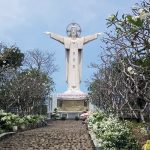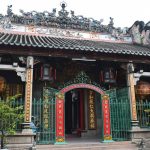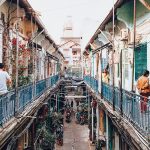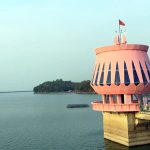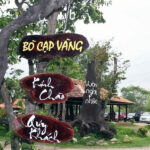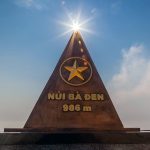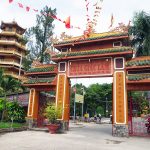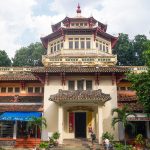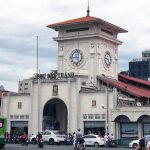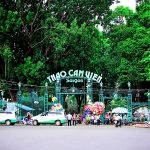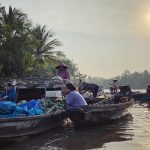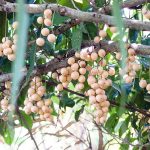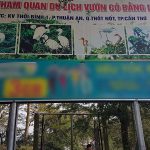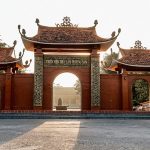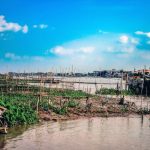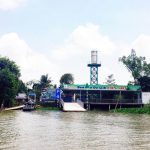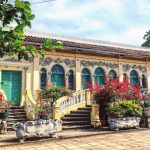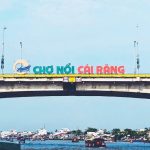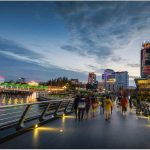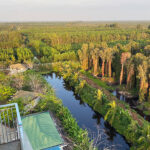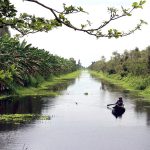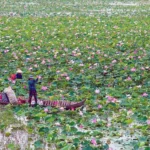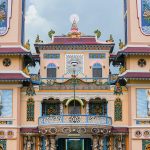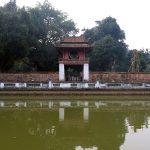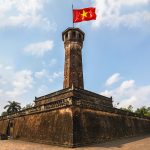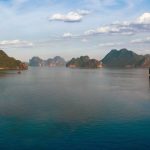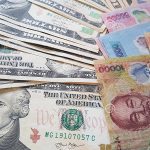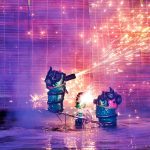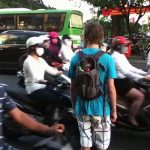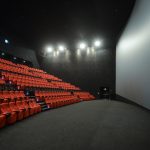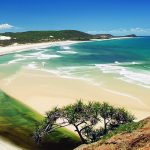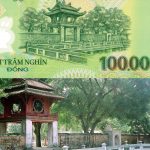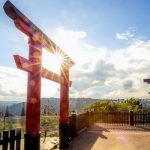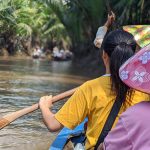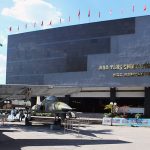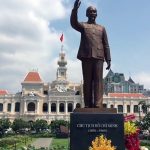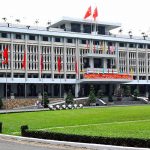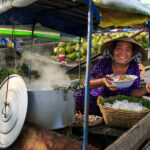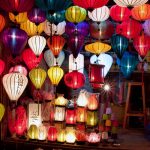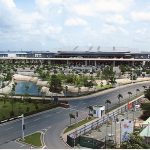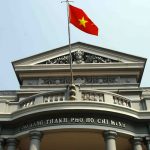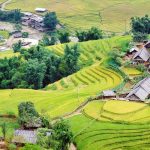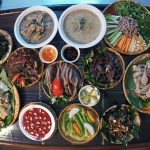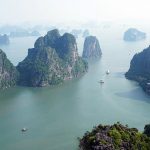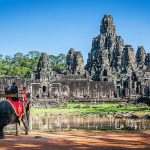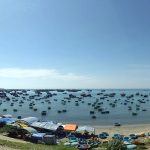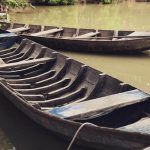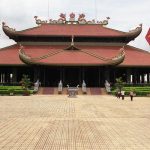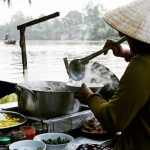The Museum of Cham Sculpture in Da Nang is one of the largest and most important museums in Vietnam, which preserves and displays a rich collection of Cham sculpture artifacts. If you are planning to travel to Da Nang, stop by this museum to reminisce about the golden age of the Cham people.
Table of Contents
General information about Museum of Cham Sculpture
The museum is currently the largest repository of Champa cultural artifacts in the country, with a total area of up to 6,673 square meters. Of which, 2,000m² is used to display ancient relics, the remaining is the most rare collection of pictures and documents about Cham culture.
The Da Nang Museum of Cham Sculpture has officially opened to the public since 1919. Tens of thousands of tourists come here every year to rediscover the imprint of the once prosperous Cham kingdom, with its cultural and historical value and quintessence of unique sculptural art.
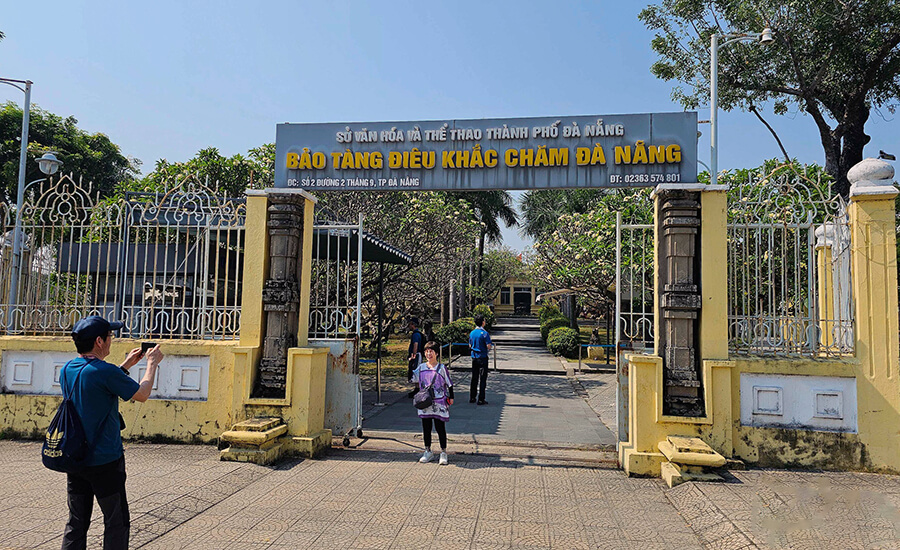
It can be said that the Da Nang Museum of Cham Sculpture is an attractive tourist destination in Da Nang, attracting a large number of domestic and foreign tourists to visit. The museum is not only a place to preserve the cultural values of the Champa people, but also a beautiful and unique architectural work.
Address: No 02, Duong 2 thang 9, Binh Hien Ward, Hai Chau District.
Guide to visiting the museum
Ticket price to visit the Da Nang Museum of Cham Sculpture:
- Adults: 60,000 VND/person
- Students: 10,000 VND/person.
- Opening hours are from 7:30 a.m. to 17:00 p.m. daily (including holidays and New Year).
How to use electronic captions
Electronic voiceover service using headphones (Audio guide)
Step 1: Access the wifi system at the Museum.
Step 2: Open a web browser and visit the address: https://chamaudio.com
Step 3: Select the language (Vietnamese, English or French) and the object you want to hear information about. Visitors can scan the codes posted next to the artifacts or follow the tour sequence introduced in the app.
Interpretation service for groups
Serving groups of 5 people or more, in languages: Vietnamese, English, French.
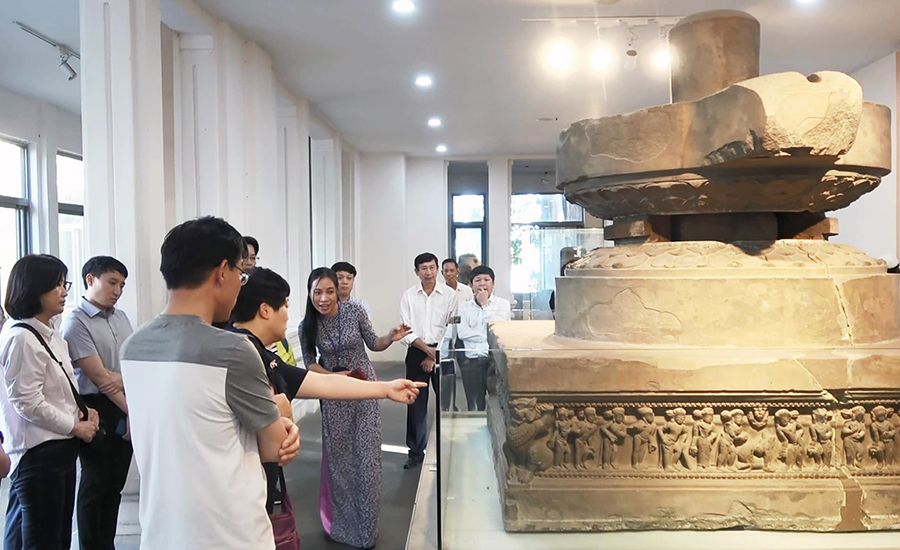
Service hours: From 7:30 a.m. to 11:00 a.m. and 14:00 p.m. to 17:00 p.m every daily.
(Note: The department will stop accepting group registrations at the counter before 10:00 a.m. in the morning and before 16:00 p.m. in the afternoon to ensure minimum time for explanation according to the itinerary).
Groups that have a tour guide accompanying them or require guidance in English and French, please contact the museum at least 3 days in advance via:
Phone number: (84-236) 3572935
Email: [email protected] or [email protected].
Notable exhibits at the Museum of Cham Sculpture
At the Cham Museum in Da Nang, you will see antiques arranged according to different excavation areas, such as: Tra Kieu, Thap Man, My Son… Thanks to this arrangement, visitors can easily Easily see and discover treasures.
This museum currently preserves many antiques from the Champa dynasty. Most of the artifacts are made from fired clay, bronze and sandstone. In addition, when coming to the museum, you can also find a room that stores documents and pictures that recreate the architecture of the Champa period as well as Southeast Asia. Thanks to these antiques and documents, visitors will have the opportunity to understand more about the ancient culture of the Champa people.
Tra Kieu Gallery
The Tra Kieu Room is a place to store antiques from the first capital of the Champa people, corresponding to the name Simhapura mentioned in some Cham inscriptions.
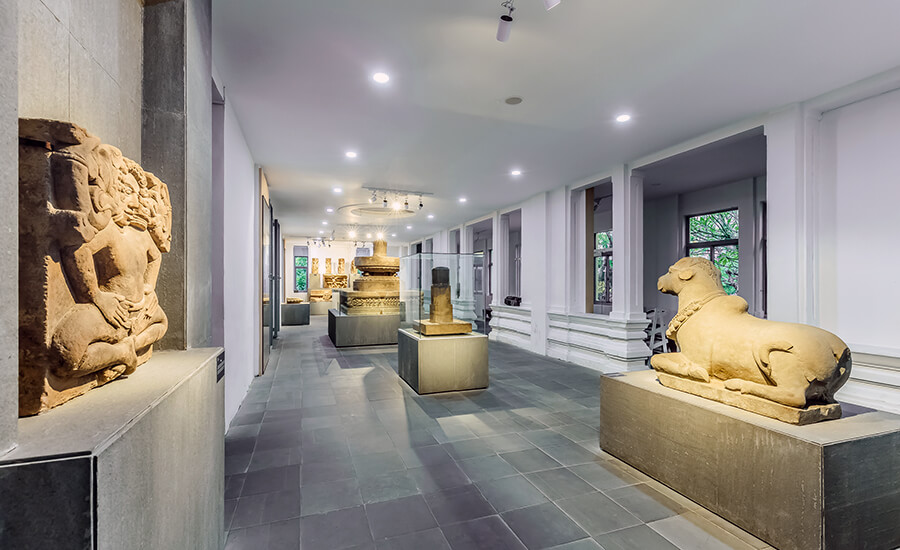
In this gallery, you will see more than 40 precious works and artifacts including fragments of an altar, a linga and decorative reliefs, marking the glory of the period from VII – VIII and XI – XII centuries.
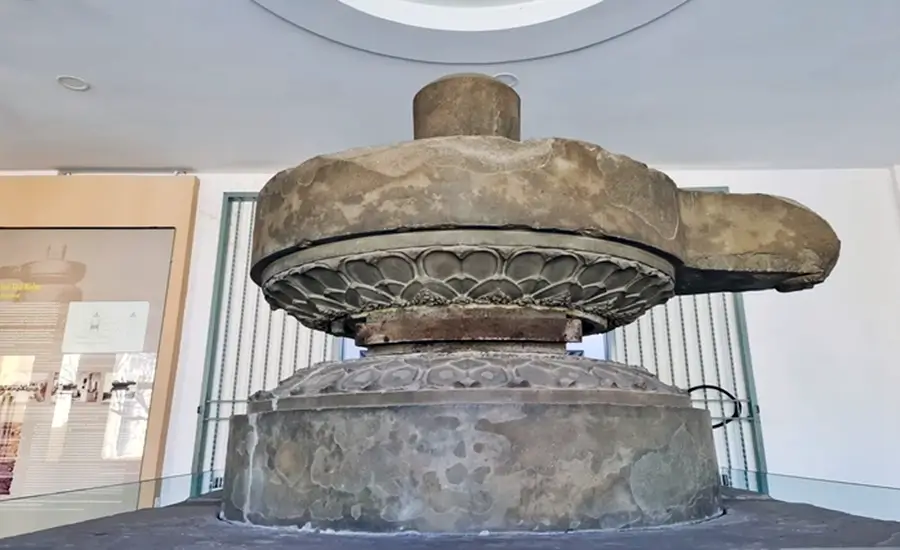
The Museum of Cham Sculpture has created a precious space to preserve and honor both the material and spiritual aspects of the prosperous period of the ancient Kingdom of Champa. Coming here, you can immerse yourself in unique ancient masterpieces, to reminisce about emotional historical periods.
My Son Gallery
The Da Nang Museum of Cham Sculpture has a special area called “My Son Gallery”. This is an important religious center of the Champa kingdom, about 30km west. In this room, you will discover precious antiques from the My Son Holy Land in Quang Nam.
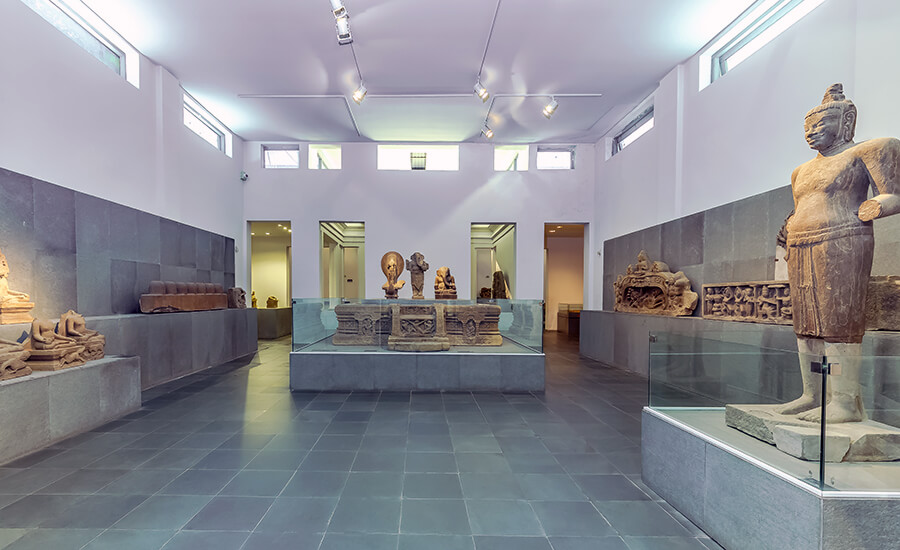
The artifacts displayed at My Son room represent many styles during the development of Cham sculpture. The gallery has a total of 18 antiques on display, divided into three groups: Main tower, auxiliary tower and decorative artifacts. Besides, the room also displays many famous artifacts and antiques such as: Shiva statue, Ganesha statue, Brahma birth statue.
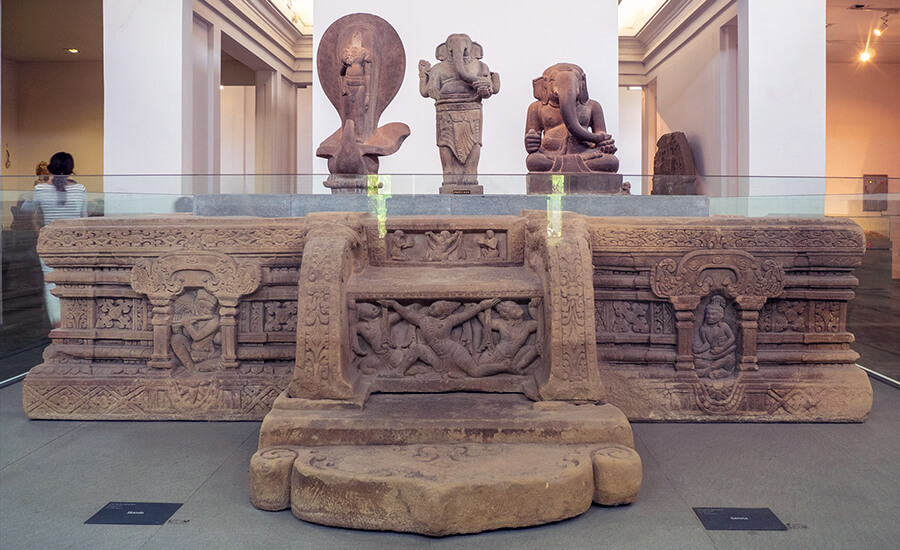
Dong Duong Gallery
Dong Duong is famous as the center of Buddhism in the Kingdom of Champa, located in the delta, about 20km south of My Son valley. When coming to Dong Duong, you will have the opportunity to explore sculptures. engraved with the quintessence of Buddhist culture. Here, you will encounter exquisite sculptures with a unique combination of Chinese, Indian and Champa elements.
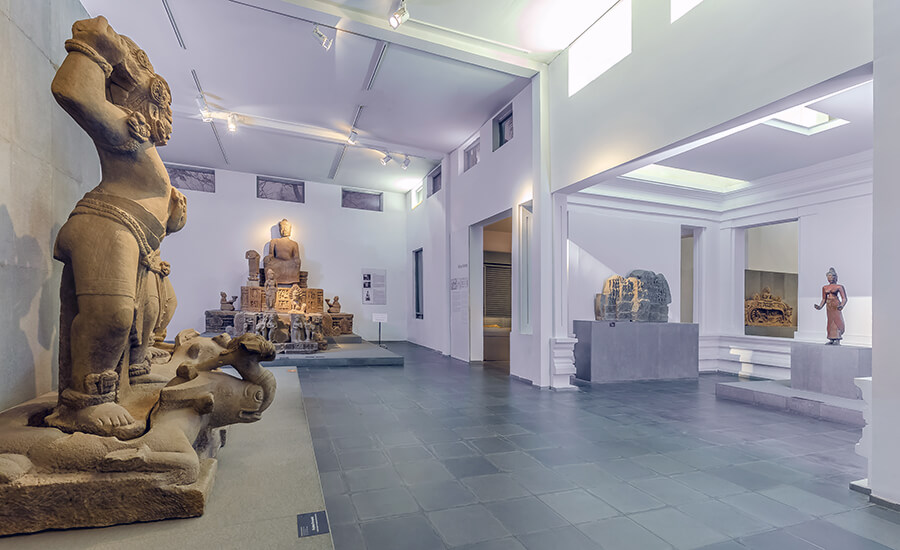
Dong Duong Gallery displays Dong Duong tower artworks, including 21 works. Among them, there are three prominent statues: Deva Statue, Bodhisattva Statue, and Indochina Altar. Although it is only a small part of Dong Duong tower, from here you will easily feel the solemnity and beauty of this Buddhist monastery and temple.
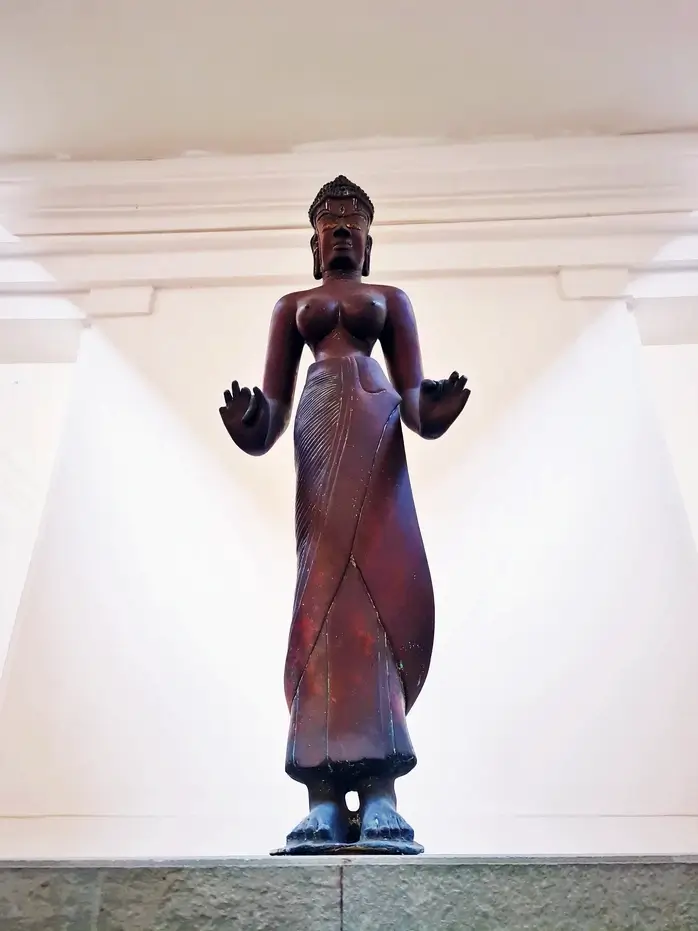
Buddhist sculptures at Dong Duong show the development of Mahayana Buddhism in Champa. Although there are some influences from China, India and neighboring countries, Dong Duong architecture and sculpture are filled with indigenous elements, creating a unique and impressive style in Cham art.
Thap Mam Gallery
Thap Mam is the name of a ruined Cham relic, located in Nhon Thanh commune, An Nhon district, Binh Dinh province. A large-scale excavation was conducted at this location in 1934, revealing the foundations of a complex of towers within a walled area. The age of Thap Mam relic is determined around the 12th – 13th centuries.
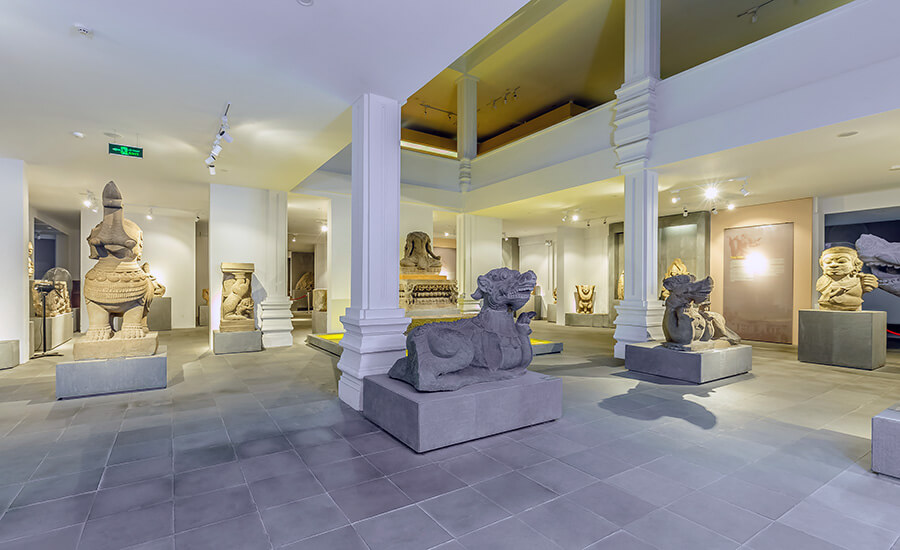
The volume of artifacts collected during the 1934 excavation was up to 58 tons, including large statues and many stone architectural decorations. Another excavation was conducted here in 2011 and also discovered a number of similar artifacts.
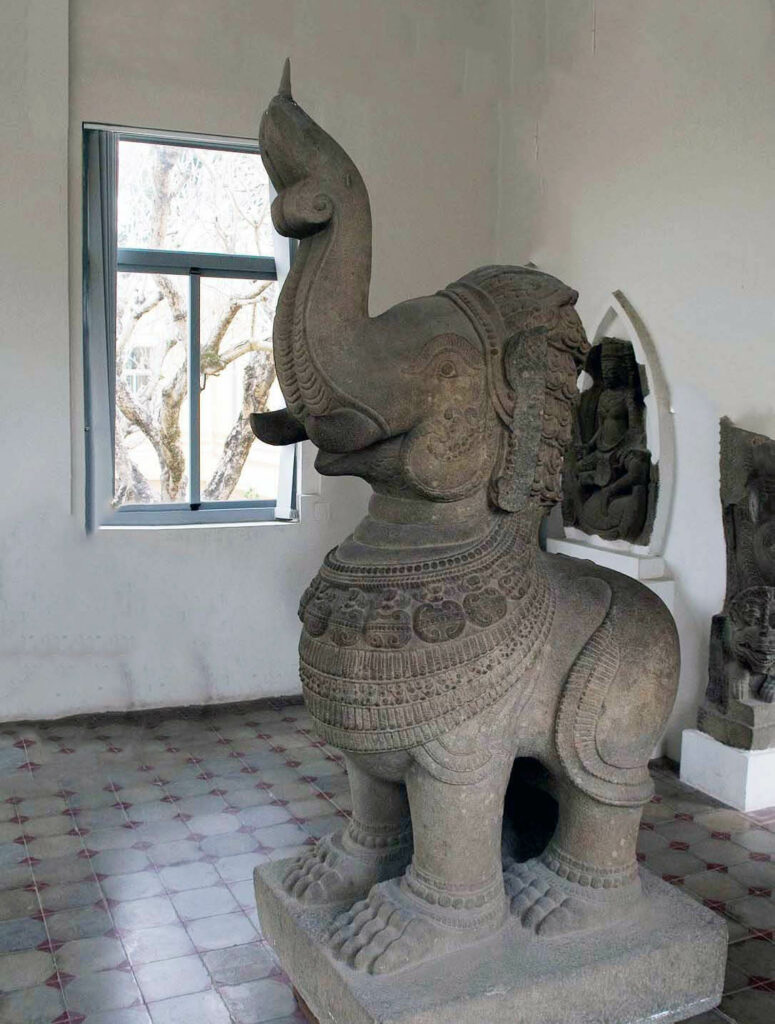
The artistic style of artifacts collected from Thap Mam relics has common features in complexity and meticulousness, but falls into stereotypes and lacks softness and flexibility. The name “Thap Mam” was later used to name a style of Cham art that shares the same characteristics as this group of artifacts. After the Thap Mam period, Cham sculpture art gradually declined.
Quang Binh Gallery, Quang Tri, Thua Thien – Hue
The provinces of Quang Binh, Quang Tri and Thua Thien-Hue are located north of Hai Van Pass, the northernmost region of the ancient Champa kingdom. In this area, there is still a small Cham tower, discovered in 2001 in My Khanh village, Phu Dien commune, Phu Vang district, Thua Thien Hue province.
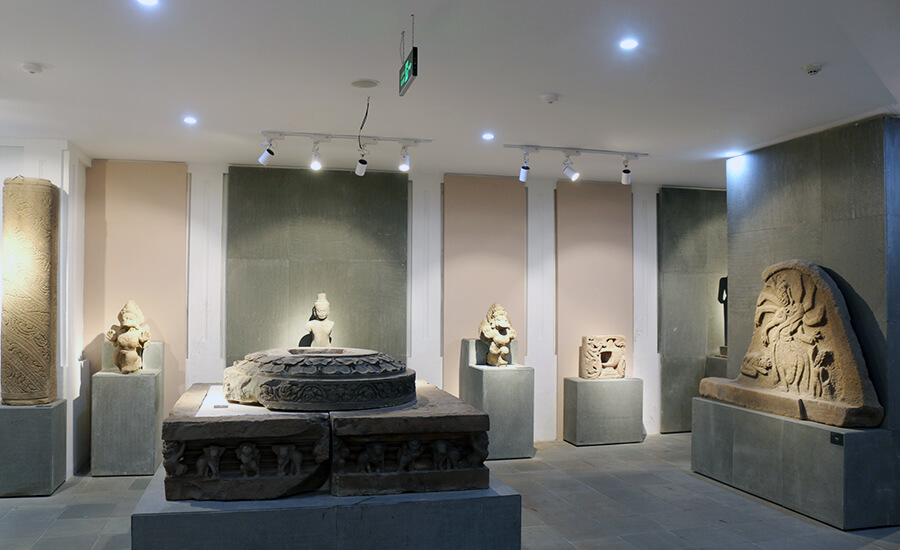
Although there are not many temples and towers still standing on the ground, many traces of foundations, sculptural artifacts and some epitaphs can still be found in the northern Champa area. Inscriptions dating from the 6th to the 10th centuries refer to the construction of temples and towers worshiping the god Siva as well as Buddhist works. The artistic style of the sculpture shows the unity of this area with its southern neighbors, Da Nang and Quang Nam, in the 9th – 10th centuries.
Quang Nam Gallery
Quang Nam province was once a strategic location for the Champa kingdom in the past, with locations such as: Tra Kieu Citadel, Dong Duong Buddhist Monastery, My Son Holy Land were found in Quang Nam. At these locations, archaeologists have found many valuable artifacts, which are displayed in the Tra Kieu Room, My Son Room and Dong Duong Room.
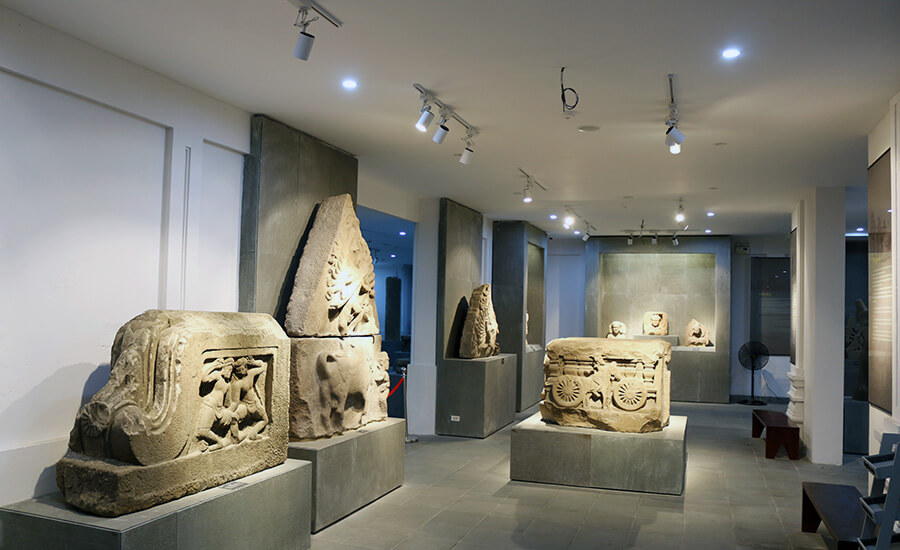
In addition to these famous places, Quang Nam also contains many other relics. A number of relics were discovered in the early twentieth century and put on display after 1975. Collections from these relics represent a diverse picture of Cham sculpture with many developed artistic styles. concentrated in one area over many periods of the Champa kingdom.
Da Nang Gallery
The Da Nang collection includes many artifacts collected before 1975 from Phong Le, Qua Giang, and Xuan Duong relics. Surveys over the past 40 years, after 1975, have discovered many more artifacts and architectural traces of the Champa period in other localities of Da Nang city, such as the relics of An Son, Khue Trung, Go Femoral. In particular, archaeological excavations in the years 2012-2014 at Phong Le and Cam Mit relics discovered artifacts of religious significance in the Cham towers deep underground.
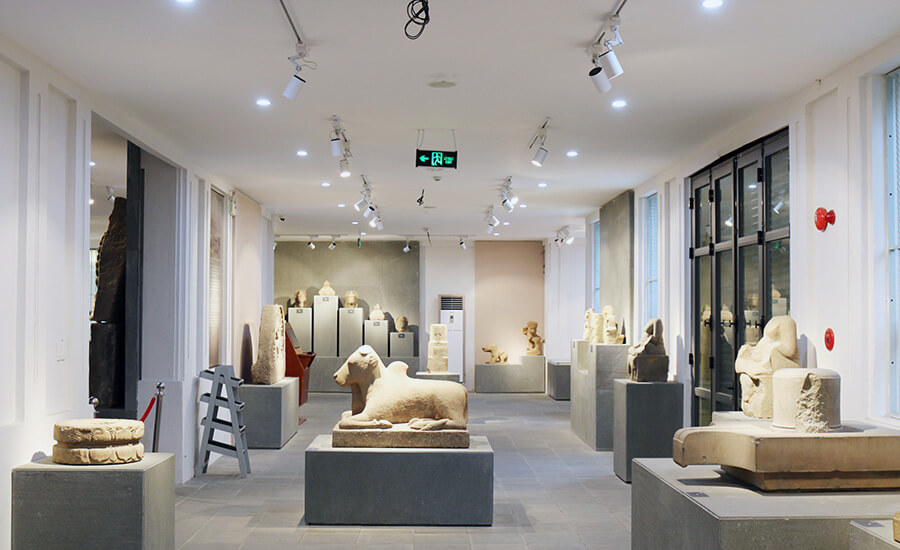
Sculptures, epitaphs and architectural traces show that the Da Nang area was an area of economic and trade development of the Champa kingdom in the 9th to 13th centuries.
Binh Dinh Gallery – Kon Tum
Binh Dinh province is about 300 km south of Da Nang city. Many researchers believe that today’s Binh Dinh province was once an important center of the Champa kingdom, mentioned in some inscriptions as Vijaya. In Binh Dinh, there are Cham towers still standing to this day, including groups of Canh Tien, Thu Thien, Duong Long, Binh Lam, Hung Thanh towers. In addition, in Binh Dinh there are many Cham ruins, of which Thap Mam ruins were excavated in 1934 and 2011, discovering many large-sized statues of gods and animists.
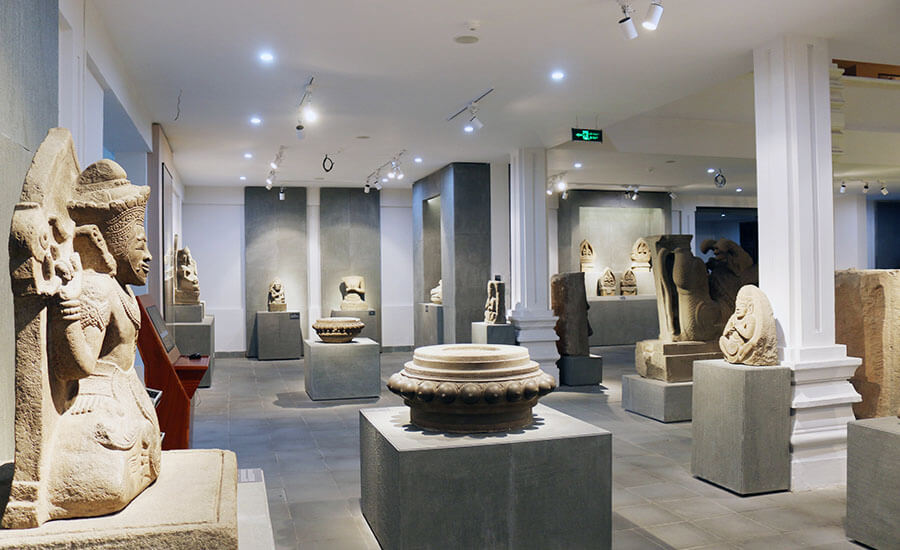
Besides the exhibition space dedicated to the Thap Mam collection, artifacts from other relics in Binh Dinh province are displayed together in the Binh Dinh – Kon Tum exhibition space. Most of the artifacts collected from Binh Dinh date from the 12th century onwards. Artifacts from the Kon Tum area (BTC 167 – 3.16) are the latest in the Cham Museum’s stone sculpture collection (14th – 15th centuries).
Gallery of Inscriptions
Champa inscriptions have been found on some cliffs, on architectural decorations, on pedestals of god statues and on metal or terracotta objects. However, important and detailed texts are mainly engraved on stone steles. Stone stele are often erected in front of towers worshiping Hindu or Buddhist gods, recording the construction and restoration of temples and towers as well as the offering of land or assigning people to take care of the temples and towers.
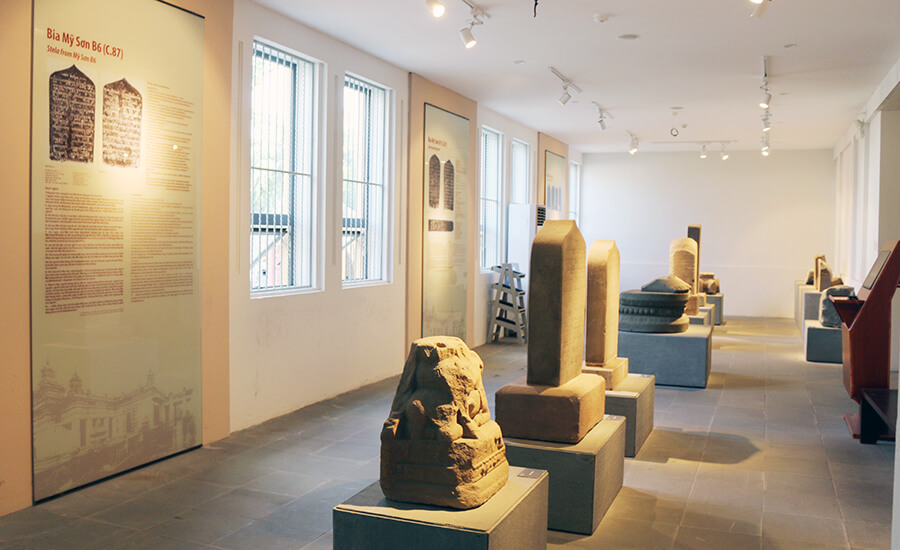
Texts engraved on stele are often in the names of kings, royal family members or high-ranking mandarins; The content of the epitaph tells us information about the social life and beliefs of the Champa kingdom as well as Champa’s relationship with neighboring countries. The dates recorded on the stele are an important basis for determining the period of construction of the towers as well as helping to speculate on the dates of sculptural artifacts associated with architectural works.
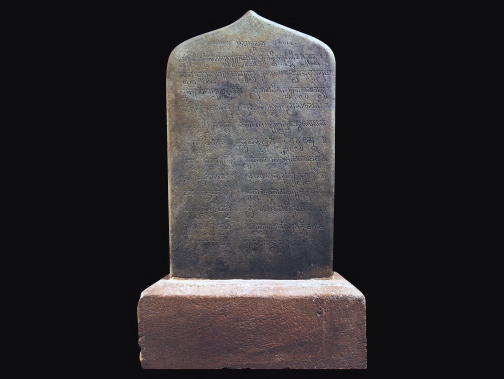
Inscriptions before the 10th century used Sanskrit and used the Brahmi writing system (Sanskrit). From the 10th century onwards, ancient Cham language was gradually used to replace Sanskrit on inscriptions.
Requirement while visit the museum
- Visitors must present a ticket to visit the museum. Dress neatly and politely.
- Do not bring weapons, explosives, flammable substances, toxic substances such as acid, corrosive substances, oversized furniture and other dangerous items into the museum.
- Do not bring large luggage into the museum. Carry-on luggage weighing more than 3 kg must be stored at the baggage counter (money and high-value items must be brought with you).
- Do not smoke, wear raincoats, eat or drink in the galleries. Maintain general hygiene and dispose of trash in the right place. No street vending within the museum premises.
- Do not bring banners, or pets into the museum. Do not make noise when visiting the museum.
- Do not touch artifacts, climb or sit on the pedestal displaying artifacts in the museum.
- Do not use a tripod or flash to take photos. Special filming and photography programs must be approved by museum leadership.
- Do not arbitrarily organize entertainment, cultural and artistic activities on the Museum campus without permission from the museum’s leadership.
- Do not climb trees, break branches, pick flowers, pick fruit… on the museum grounds.
- Visitors are responsible for any damage caused to the museum.
Source: collected by An
Follow us for the best deal with Vietnam package tours and visa services!
